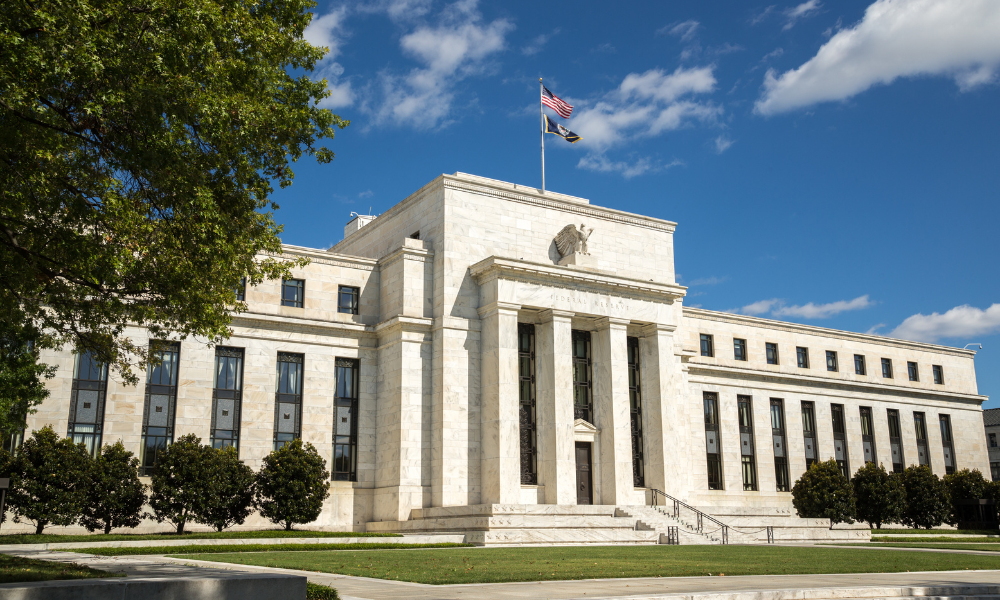Advisor speaks out against misleading ESG fund wrappers, sees risk of 'feel-good' investing

As ESG and sustainable investing continue to capture investors’ hearts and wallets, asset managers are developing new investment funds that put an ESG twist on dividend investing, U.S. stock investments, and other staple strategies. While this trend promises to broaden options for investors who want to help drive change with their dollars, one advisor is watching the wave with a dose of healthy skepticism.
“It’s not that I don't believe in environmental and sustainable investment. I 100% believe in that,” says Grant White, portfolio manager at Endeavour Wealth Management with iA Private Wealth Inc. “But I think a lot of managers have marketed funds with ESG wrappers to boost sales.”
ESG by any other name
The past few years have seen more sustainable and ESG-labelled funds come to market, and there’s evidence to suggest assets in ESG funds tend to be stickier than those in conventional funds. But alongside the rising tide of ESG, critics and concerned advocates have raised alarms over risks of greenwashing, social washing, and other situations where ESG-seeking investors may be misled by fund names and marketing materials used to promote the products.
To help reduce confusion, regulators in Canada and elsewhere are formulating rules and guidelines to ensure investment fund labels are aligned with what’s under the hood. In guidance published in January last year, the Canadian Securities Administrators (CSA) aimed to clarify and explain how existing regulatory requirements apply to ESG-related fund disclosure. Among other items, the guidance said such funds should:
- have names and descriptions of investment objectives that “accurately reflect the extent to which the fund is focused on ESG”;
- provide adequate disclosure about the ESG-related aspects of its investment strategies and selection process in their prospectuses; and
- disclose how the underlying portfolio composition relate to the fund’s ESG-related investment strategies and objectives on an ongoing basis through annual and interim management reports.
Last year, the Securities and Exchange Commission (SEC) also proposed an amendment to the “Names Rule” in the U.S. to require ESG-labelled funds to hold at least 80% of its assets in investments that meet environmental or social characteristics. For funds labelled “sustainable” or with words that are related to it, that 80% would have to include 50% specifically held in sustainable investments.
Let values be your guide
But as it stands, White is concerned that investors’ expectations from ESG-labelled products may not align with fund companies’ methodologies and philosophies. For example, certain funds aimed at promoting sustainability may exclude a Canadian energy company because it exceeds certain carbon emission thresholds, even though it invests more money into carbon recapture technology than other companies within and outside its industry.
“From a forward-looking perspective, the company would actually be doing what it needs to and more to support the transition to net zero,” he says. “It might not fit the value system for some ESG funds, even though it might actually be creating a net benefit from a long-term environmental perspective.”
Amid rumblings from concerned investors and pressure from regulators, asset managers are taking steps to create a clear and inclusive ESG landscape. Alongside efforts to incorporate a diversity of strategies, the industry is pushing towards creating better visibility into investment funds through disclosures on their underlying holdings, as well as other metrics to indicate where they may fall in the universe of ESG.
The Canadian Investment Fund Standards Council (CIFSC) has also developed its own list of domestically listed responsible investment funds, classified according to six categories, to help reduce advisor and investor confusion.
At the end of the day, White says the challenge for advisors is to help clients avoid the trap of investing in an ESG fund just because it has a feel-good name. He also calls on advisors to think about ESG investing not just in terms of their clients’ values, goals, and comfort levels, but also in terms of their own values.
“In my opinion, advisors should identify and be clear about their own value system, and design portfolios that fit in line with that,” he says. “In turn, you’ll eventually be able to attract clients whose values and beliefs align with yours, and I think that will go a long way in helping them scale up their business.”



